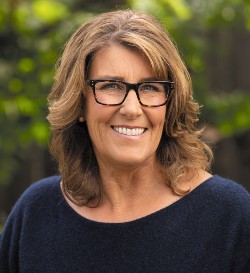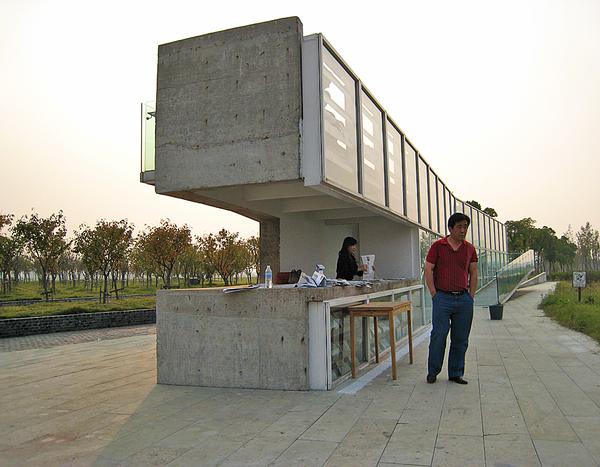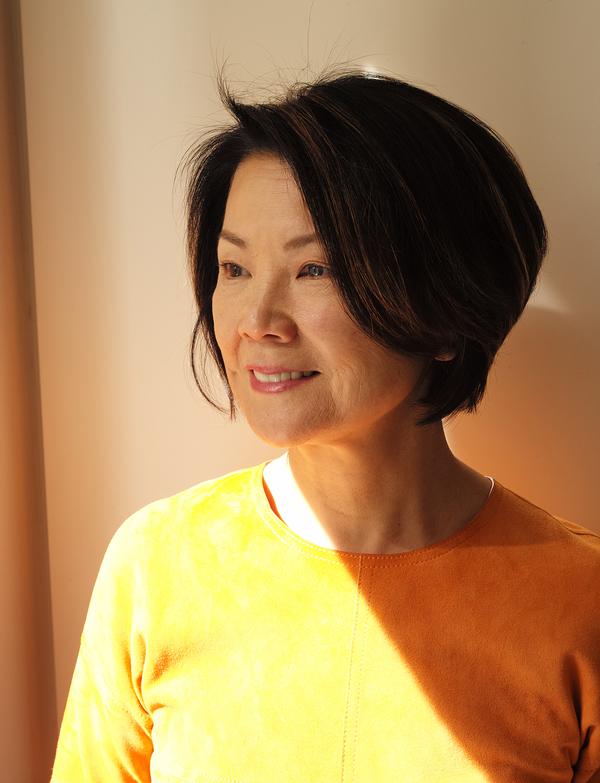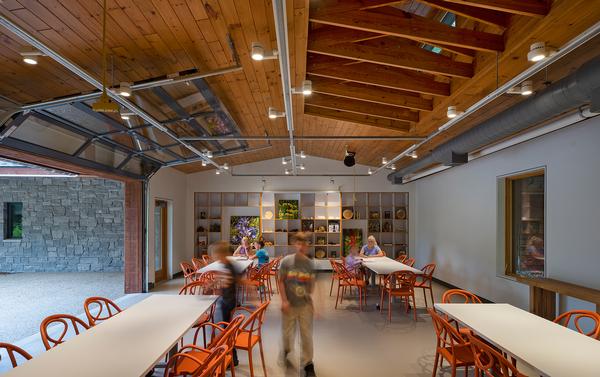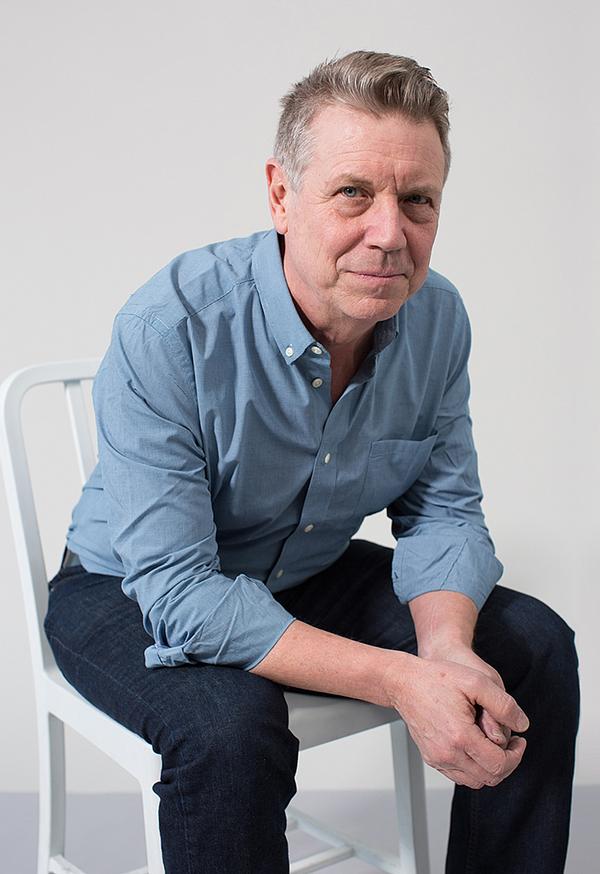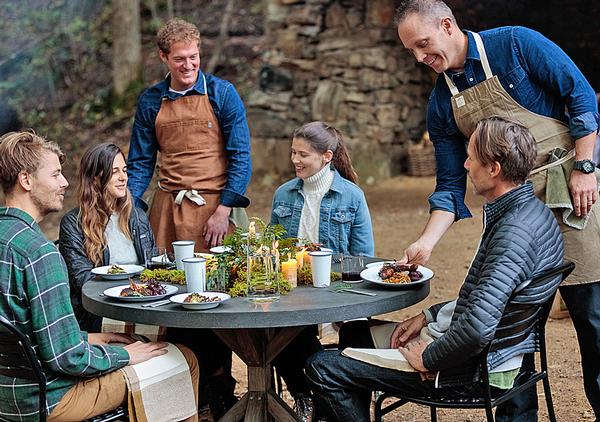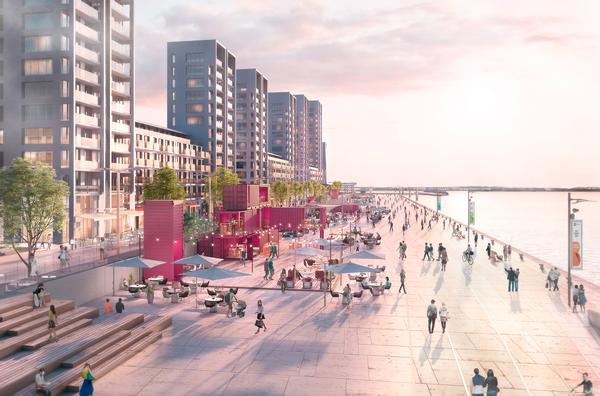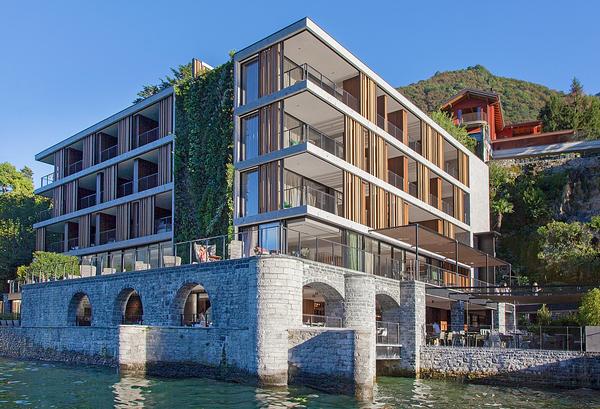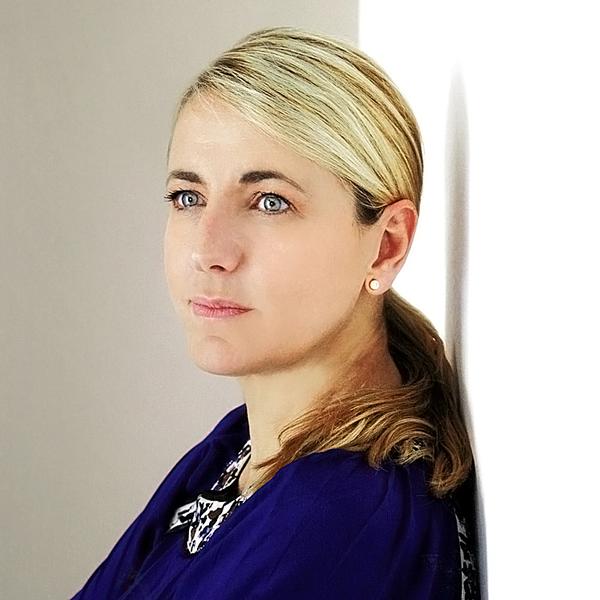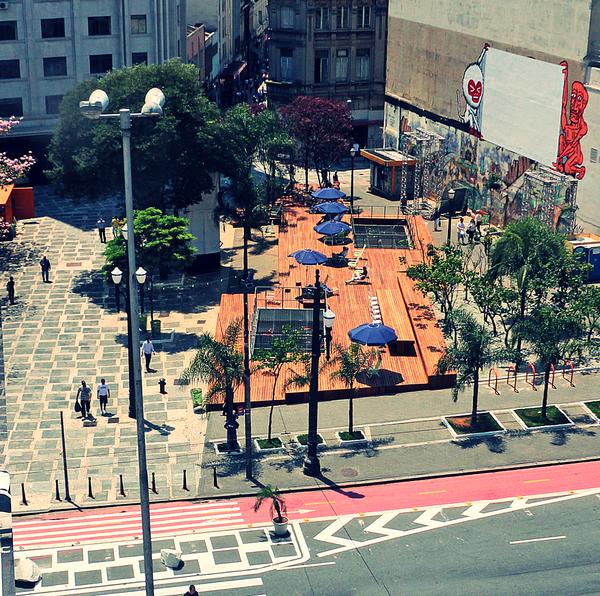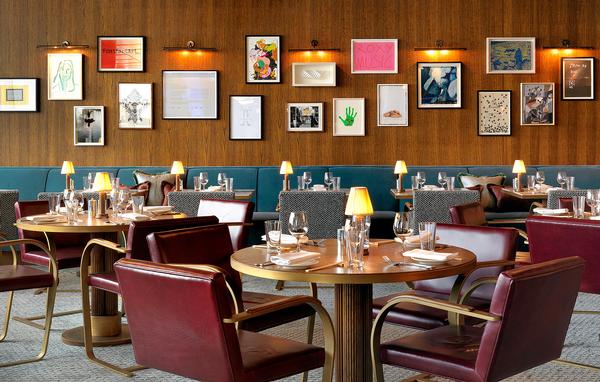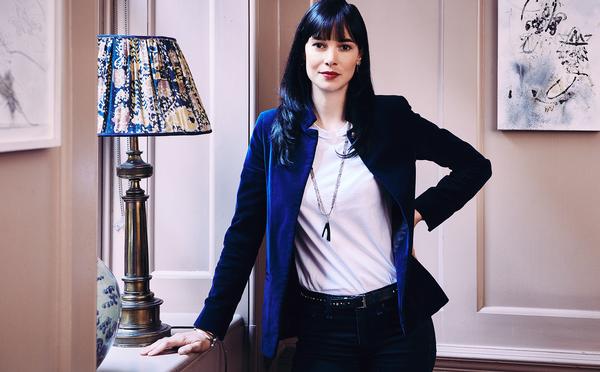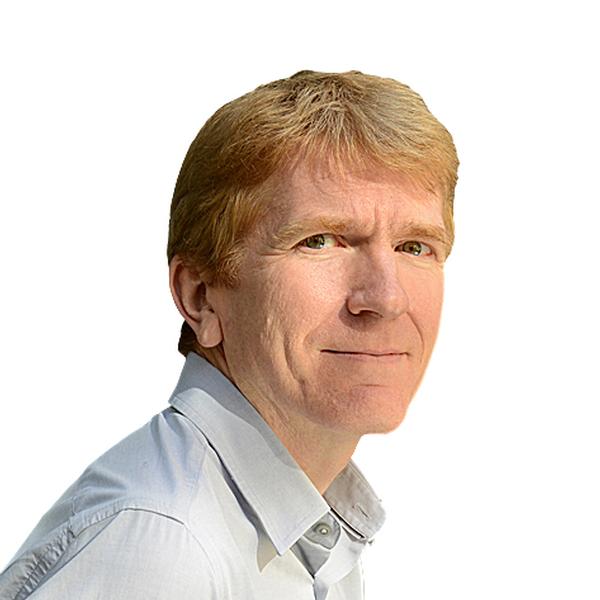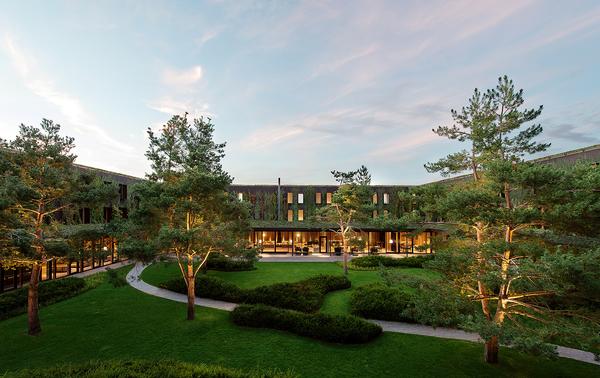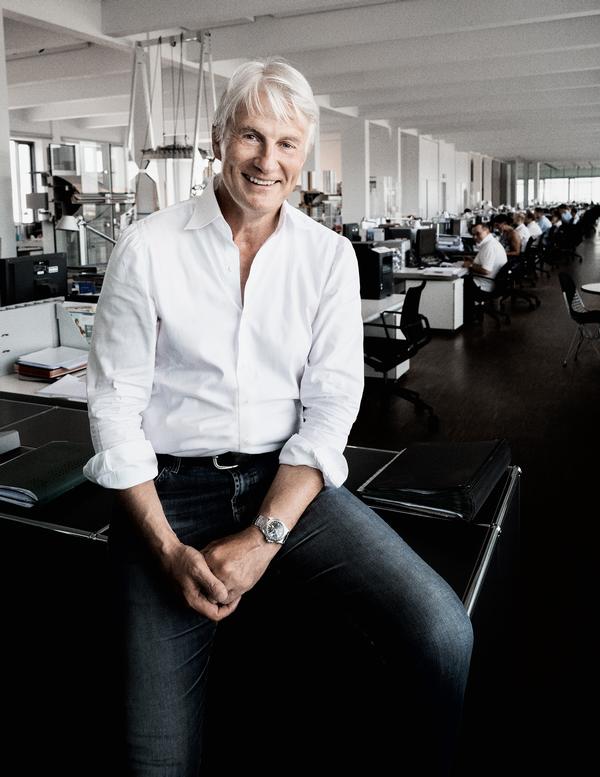Trends
Spa Foresight™
What’s going to have the biggest impact on spas in the future? Spa Business outlines the trends, technologies and strategies that are coming down the track

With 200 species becoming extinct every day, the world is facing an existential crisis. Unless all parts of society and all nations take heed, we’re heading for the sixth mass extinction, the breakdown of all natural environments and the end of our civilisation as we know it.
We’ve placed the Climate Emergency at the start of our Spa Foresight for this year, as all other trends, policies and opportunities must now be defined by it.
We must ensure energy is the first thing we consider before any new spa or wellness infrastructure is built, by creatively examining the options for generating clean power, establishing how much can be generated and only then considering what can be built with what we have.
The aim is to be carbon positive before governments force us to be. We must also cut back on waste, carbon-based materials and carbon-generating activity.

As the world warms, parts of the planet will become uninhabitable. There are already areas of India, for example, that were previously fertile, but are now becoming unfit for human habitation.
Climate experts at the Massachusetts Institute of Technology say even if we succeed in cutting carbon emissions, parts of India will become so hot they will test the limits of human survivability.
As we enter this phase, people will move away from the equator, to places where water is more plentiful and the more extreme effects of climate change can be avoided. It’s expected that there will be more than 100 million climate migrants across the world by 2050.
We believe that with accelerating climate change, longsighted investors will look to areas away from the equator where the climate is more stable, and where there are plentiful, renewable energy sources and sustainable water supplies. Land in many of these places is currently less costly, so businesses taking a long-term view will look for natural settlement locations and purchase land banks in these locations to future-proof their businesses.
Investment in areas where volatile weather is causing havoc and the longer-term climate prognosis is poor will see investment shrinking as opportunities diminish and risk increases.
Altitude training has long been used by elite and professional athletes, but now this powerful amplifier is becoming more available to wider populations, and we expect the spa and wellness industry to embrace it going forward – for both exercise, acclimatisation and active recovery.
Training or recovering in an oxygen-depleted environment prompts the body to increase red blood cell count and improve performance.
Hotels are building altitude rooms for athletes, and we believe spa resorts can follow suit, offering altitude rooms at a premium, to enable guests to get fitter while they sleep.
Spas have long tapped into the senses for curative purposes, and we think a new olfactory diagnostic tool, being used at Borgo Egnazia in Italy by aromatherapy expert and psychologist Luca Fontana, will start a trend.
Fontana has created four custom-blended oils and – in one-to-one guided sessions – uses these to evoke memories, which are then analysed. The results are used both for a personal lifestyle consultation and to prescribe wellbeing interventions. Borgo Egnazia has developed a happiness retreat around this approach.
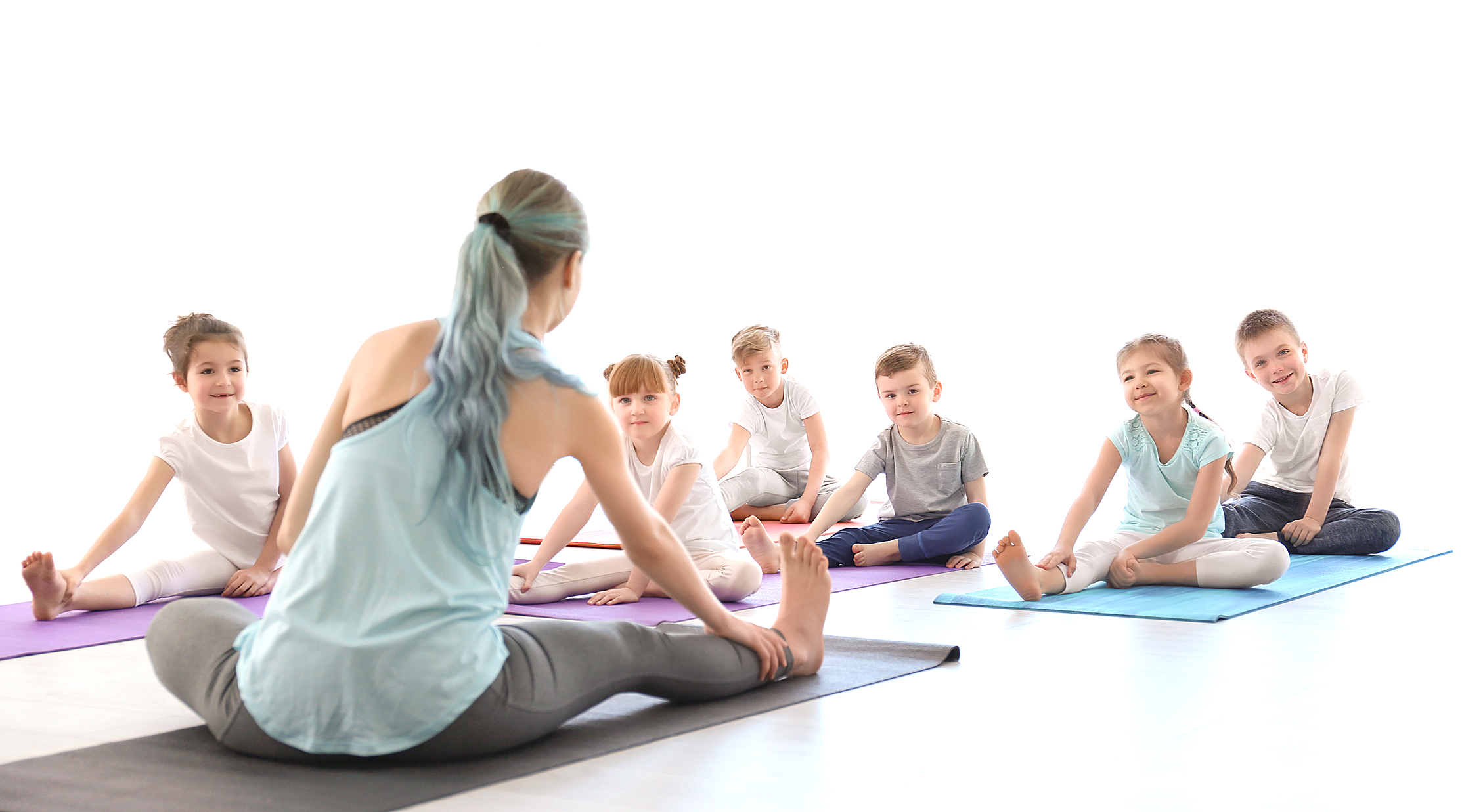
We’re watching trends in generational marketing and looking at how this will impact the spa and wellness industry.
The latest generation on the radar is gen alpha, which began in 2010.
More than 2.5 million members of this generation are currently being born each week, and when complete in 2025, gen alpha will number a staggering 2 billion people across the world. This will make it the be the biggest-ever generation.
All evidence suggests that wellness will be a huge priority for members of gen alpha, who are following in the footsteps of their gen Z parents – the first generation to prefer a green smoothie to a pint of beer and a pilates class to a night in front of the TV.
Gen Z, the children of the millennials, are being raised by parents committed to healthy living who are passing these habits on to their kids, so we can expect the current boom in wellness to continue

Anyone who’s seen how peacefully a baby sleeps when swaddled in a blanket knows being wrapped up tight can help instil a sense of calm and aid sleep.
Parents have used this technique for thousands of years, from the ancient Greeks and Romans to Native Americans, and scientific studies also prove the effectiveness of swaddling.
We believe there’s something in this for spas – deep relaxation experiences could look at how customers are wrapped to enhance the sense of tranquility.
Weighted blankets deliver this experience too. Not to be confused with thicker quilts, they‘re designed to spread an even pressure over the entire body. Based on the principles of deep touch pressure stimulation, they’re designed to relax the nervous system by simulating the feeling of being hugged, which in turn increases serotonin and melatonin levels while reducing cortisol.
Once a tool of therapists and psychiatry clinics and used to treat everything from sensory disorders to PTSD, weighted blankets have gone mainstream – there’s even one for dogs to wear in thunderstorms.
They’re seen as a way to improve sleep, mood and relaxation and could be used in treatments or relaxation areas to create a heightened sense of reassurance.
Scientists from Switzerland are adding to evidence which shows that rocking improves our sleep quality.
Research by the University of Geneva shows people lying on a bed that rocked fell asleep more quickly and experienced less REM sleep, which is indicative of lighter sleep cycles. In additional tests, they also had better memory function in the morning.
We predict that more operators will look into this as evidence grows and the sleep health trend continues. Indeed, innovative suppliers such as Klafs, Living Earth Crafts and Clap Tzu already offer beds and loungers that sway.
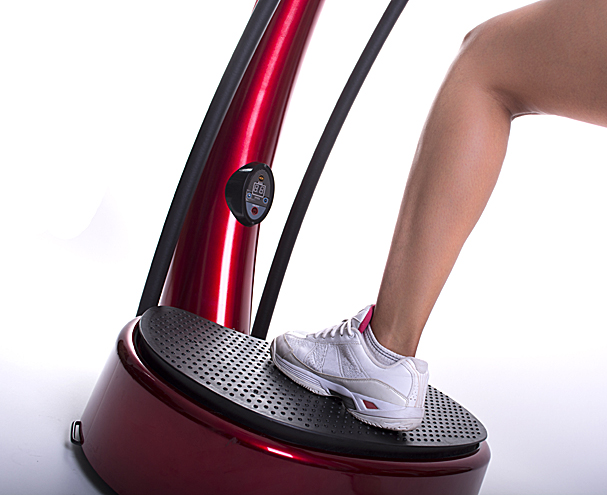
Vibration treatments have long been known to have powerful effects on bone density and muscle strength, with academic papers showing how they simulate exercise and impact.
With an ageing population and time-poor consumers, vibration therapy is increasingly being recognised as a powerful way to supplement workout regimes and wellness programmes.
We expect to see more spas offering vibration training and other therapies and for research proving the efficacy of these interventions to be extended into new areas of wellbeing.
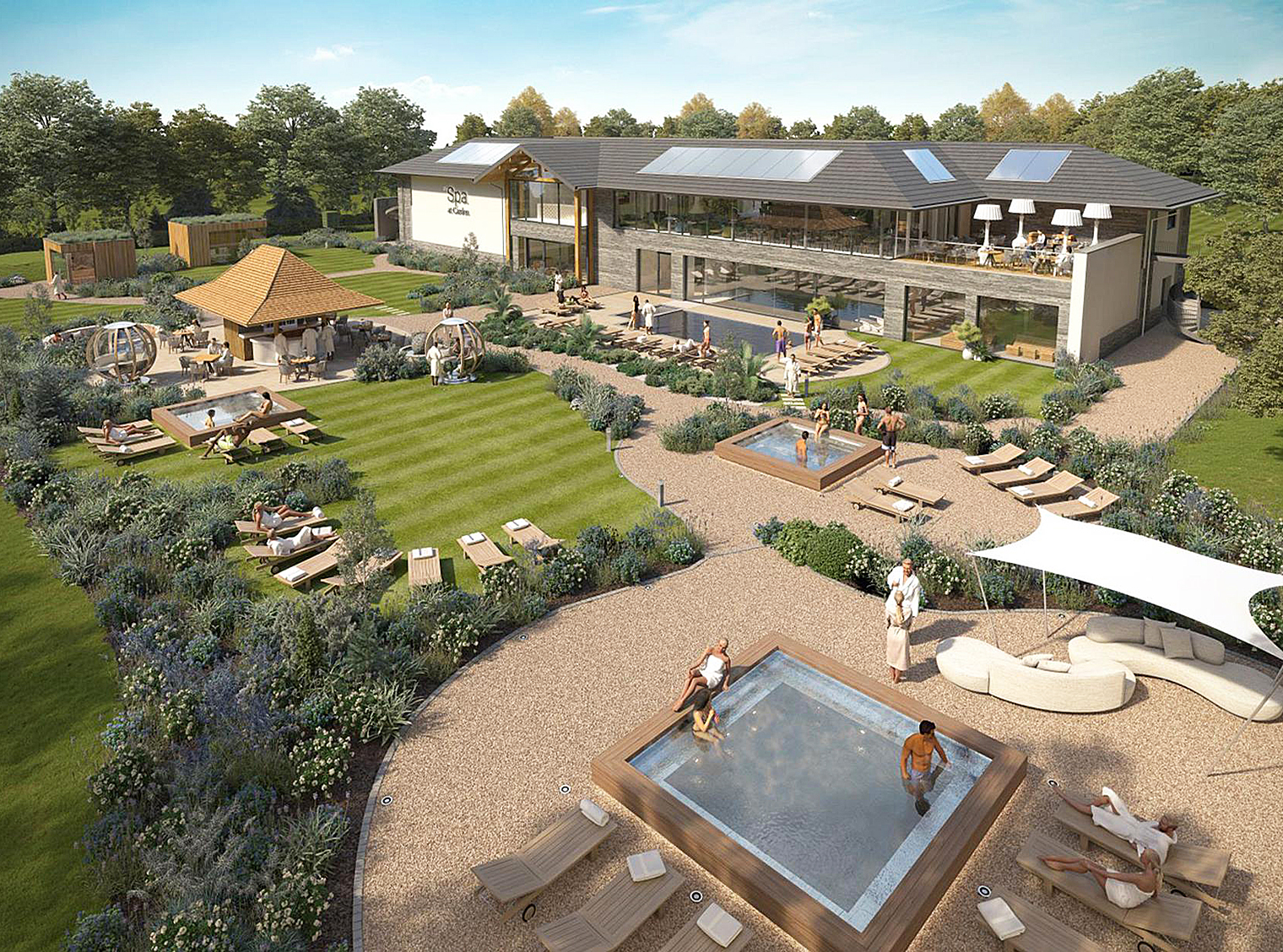
In a recent study, researchers at Kings College London found that being outdoors, seeing trees, hearing bird song, seeing the sky, and feeling in contact with nature are associated with higher levels of mental wellbeing.
As a result, we’re seeing an increasing number of outdoor spa gardens being developed – even in places such as Scandinavia and the UK, where the weather isn’t ideal for much of the year. Combining thermal water with a tranquil, green space is a straightforward way for spas to expand, without breaking the bank by having to undertake expensive construction work to create indoor space.
Outdoor spas are also great for groups, and lend themselves to innovative programming, such as star-watching.
And those photos are great for marketing and social media – much more enticing than many treatment rooms.
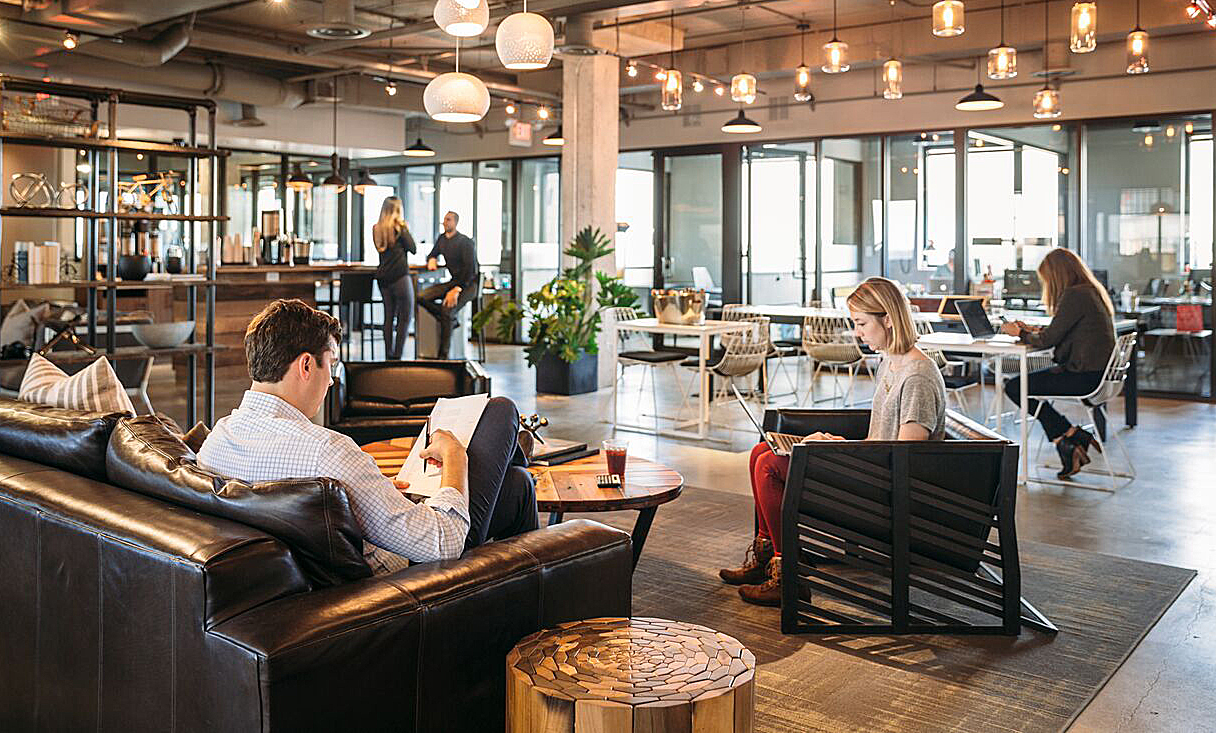
The growth of startups and the gig economy have powered the development of co-working offices, where space is paid for by the ‘seat’ on rolling monthly contracts.
The sector is increasingly competitive, with operators offering ever better facilities to gain a competitive advantage.
Some, such as WeWork, with its Rise by We wellness concept and Industrious, which has just done a deal to co-locate with fitness operator, Equinox, boast a range of spa, wellness and fitness spaces.
But just as co-working providers are adding wellness facilities, so we expect spa and wellness operators – especially those in urban areas – to start to add co-working offerings. After all, what better place to work than within a healthy and supportive wellness environment?
We think there will be a sharp rise in wellness-friendly co-working spaces – whether in spas or as standalone facilities, as the industry continues to look for new ways to sweat its assets, find new revenue streams and create more of a membership base.
Medical facilities, such as New York’s Blum Center, are starting to offer brain optimisation treatments, and we believe this innovative modality is ripe for integration into spa, wellness and medi spa operations.
Blum, for example, has partnered with Field, a firm that specialises in neuromodulation methods – such as magnetic stimulation, sound or visual signals, breathing and heart rate training – to help with stress reduction, improved executive functioning, greater creativity and more.
An initial in-depth analysis of a client’s brain using multiple EEG tests costs US$795 (€707, £635).

While detox programmes used to be seen as a major USP of spas, especially wellness destinations, we’re seeing this need being superseded by retreats that address stress and burnout.
Whether it’s executives, creative professionals struggling with life-work boundaries or parents juggling careers and children, more customers are visiting spas for stress-busting packages.

Social media, specialist TV and the growing professionalism of sport has given star athletes huge reach, enabling us to understand their training and nutrition programmes as never before and driving a trend we’re calling ‘Train like an Athlete’.
Ambitious spa and wellness consumers are starting to demand support in ramping up their training regimes to emulate their sporting icons. The trend will be boosted by the growing expertise of personal trainers, exercise professionals and sports scientists who are building careers in the wellness industries, giving customers access to support with technique and motivation.
The trend will impact the wellness industry in areas such as the specification of exercise equipment, gym floor layout, programming, marketing and endorsements.
It will enable wellness operators to attract more sportspeople as customers and will bring some of the determination, stoicism, discipline and energy of sport into the industry.
We expect spa and wellness operators to increasingly offer Train like an Athlete retreats and to also target sportspeople as customers. The 2019 Global Wellness Institute research topic is physical activity, a market is says is worth US$828bn, indicating the industry’s increasing focus on this area.
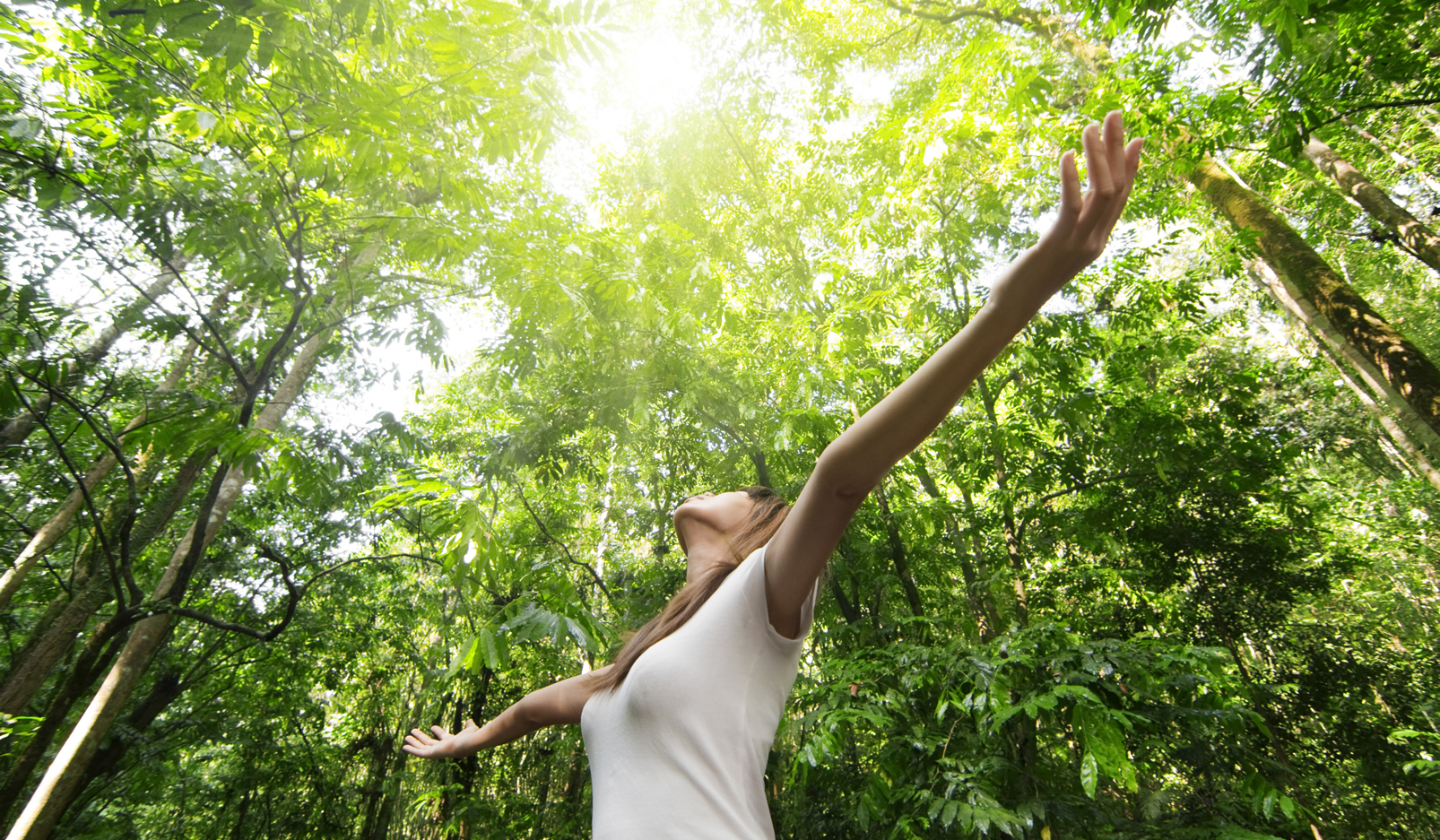
The Japanese have known for years that spending time in the forest is good for body and soul – the government introduced the practice of shinrin-yoku, or forest bathing, to the country’s health programme in the 1980s as a way to help over-stressed workers, and an estimated 5 million people take part in the practice.
Studies have shown that spending mindful time in the forest, using all five senses, can reduce blood pressure, lower cortisol levels and improve memory. Scientists also think phytoncides, a chemical released by trees and plants, helps boost the immune system.
Now the practice is gaining followers around the world – Kate, Duchess of Cambridge, revealed a garden design at the 2019 Chelsea Flower Show inspired by shinrin-yoku, and doctors are being urged to include forest bathing in a social prescribing initiative to treat stress.
So it’s no wonder we’re seeing more and more forest bathing experiences in the spa world – from Center Parcs’ forest spa concept to Aromatherapy Associates’ new Forest Therapy collection. Spas can easily embrace the idea, adding in programming that takes advantage of local woods or bamboo groves with the guidance of an expert, or incorporating the scents, sounds and elements of a forest in their design or treatment menu.
New studies have shown that frequent sauna bathing can reduce the risk of dementia and Alzheimer’s. And other recent studies have found that a healthy lifestyle – including physical exercise, keeping fit and eating a balanced diet – can help offset a person’s genetic risk of dementia by as much as 32 per cent, and help improve memory function and maintain a healthy brain as we age.
These are all things that spas can help to promote – and they’re reasons why spas will be increasingly important in retirement communities and other healthy ageing initiatives. The baby boomers are getting older – and are looking for solutions.
A number of workout options are being driven by time-poor consumers looking for fast fitness solutions.
These include things such as electrical muscle stimulation (EMS) training, the cooling- and compression-based Vasper System of HIIT workouts and blood flow restriction (BFR) training.
All amplify the effects of exercise, so sessions are shorter and results faster. Some need supervision due to the stresses placed on the body.
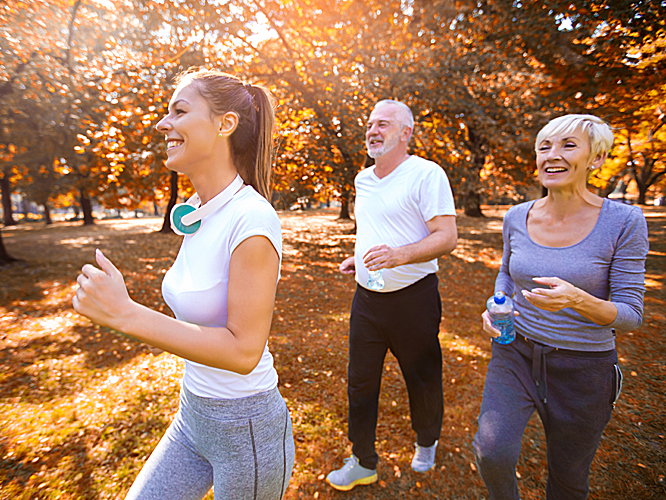
Although nothing can be done to stop the clock on our chronological age, we now know how to reverse biological ageing, so we can literally live in a younger body with the benefits that brings.
Work by Nobel Prize winner Dr Elizabeth Blackburn and health psychologist Dr Elissa Epel found telomeres – caps at the end of chromosomes, which protect them from deterioration – can be lengthened to reverse physical ageing with good lifestyle – a plant-based diet, sleep and exercise.
We expect Reverse Ageing programmes to increasingly be offered by wellness businesses, to include testing and personalised programmes around nutrition, lifestyle, mind/body and recovery.
Testing to prove the efficacy of these interventions is becoming widely available due to the growth in wearables and well-tech, opening up new opportunities for working remotely with consumers.

As more people move to a plant-based diet, the spa and wellness sector is evolving new services and approaches to cater for the growing number of vegan and vegetarian customers.
Vegetable butchers, for example, are now working in a number of high-end food stores, preparing a wide range of vegetables in new and unusual ways and giving advice about the most tasty and nutritious ways to prepare them.
We believe this trend will to continue and broaden and that there will be a new trend towards replicating the ‘nose to tail’ philosophy of meat butchers with a new interest in eating all edible parts of plants at all stages of their development, from the more traditional fare of seeds, roots and shoots to buds and flowers.
Eating flowers has a long history in certain culinary traditions, but we think this trend will become more mainstream. The range of foods available in the average supermarket is very limited when it comes to taste variety, so spas that can grow some of their own vegetables, plants and herbs have a huge advantage when it comes to providing a point of difference, both against competitors and in relation to people’s average day-to-day lives and the foods that are available to them. Flowers have subtle nutritional value and energy, and bring fresh flavours and colours to food.
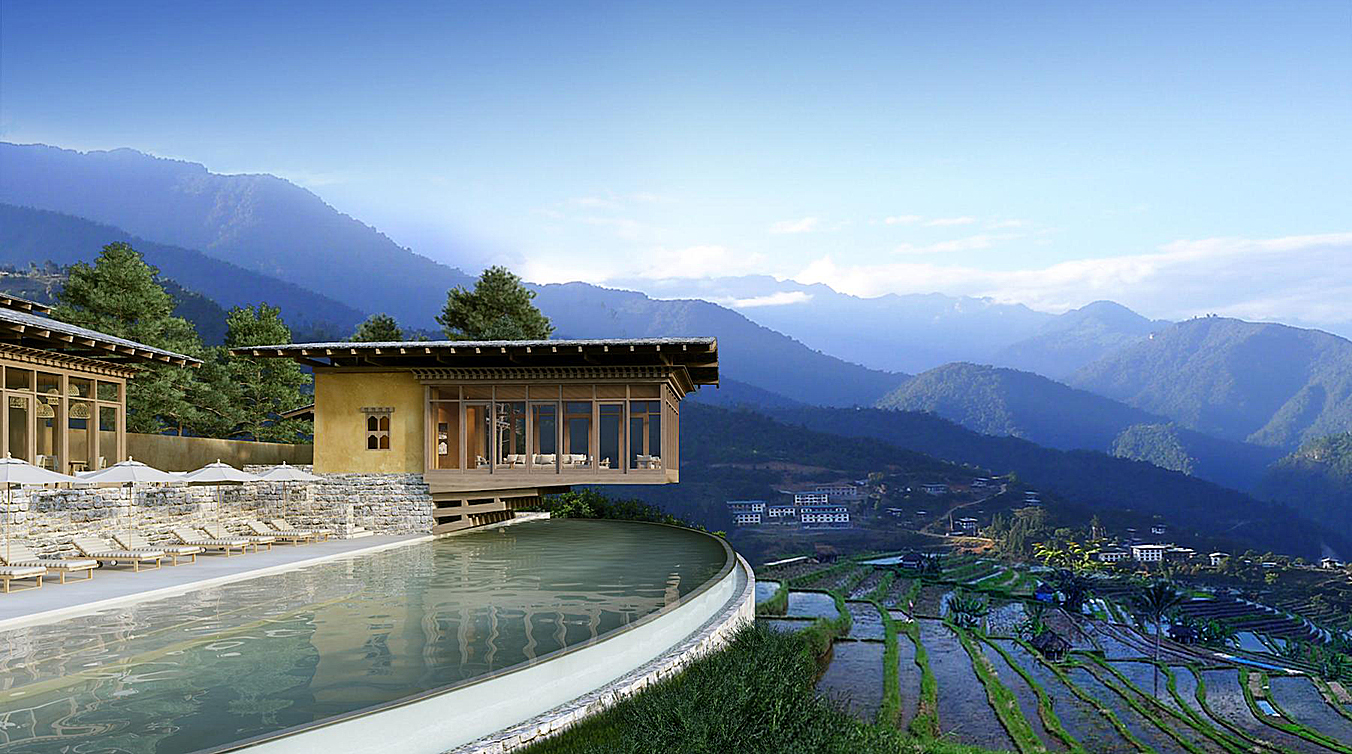
When Six Senses opened its Bhutan outpost in 2019, it consisted of not one resort, but five lodges spread across the remote Himalayan kingdom, each with their own design aesthetic – and their own spa. The idea is to offer different experiences at each location as guests take part in a ‘Six Senses Journey’. Lefay Resorts in Italy, known for its destination spa on Lake Como, has a similar idea; it’s added a mountain location in the Dolomites, and has its sites set on a third outpost in the countryside, so that guests can fully experience Italy by travelling between the resorts.
We predict we’ll see more of this sort of thing. And while many spas may not have the budget for multiple outposts, creating a partnership with nearby spas, as the hot springs in Colorado have done, is an excellent way to pool marketing budgets and create a journey for guests.
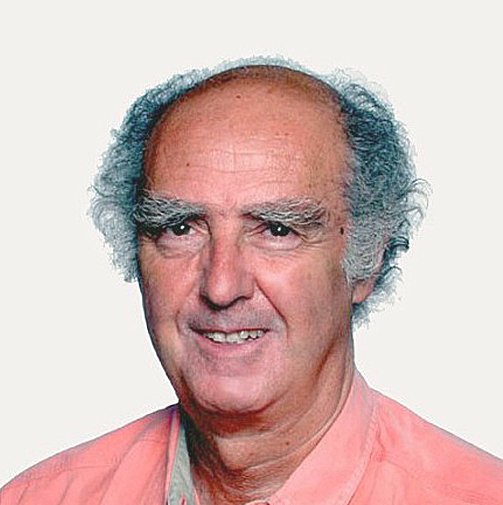
Massage/bodywork is the engine room of the spa and wellness industry, and in our final Spa Foresight item this year we pay tribute to guru Leon Chaitow, who died last September, leaving an incredible legacy for the wellness industry and healing arts.
Chaitow graduated from the British College of Osteopathic Medicine in 1960 and worked tirelessly all his life, both practicing and teaching at chiropractic, physiotherapy, osteopathic, naturopathic and massage schools in Europe, the US, Canada and Australia.
Chaitow was the first naturopath/osteopath appointed as a consultant by the UK government to a medical practice and wrote or edited over 70 books. We advocate his work and encourage spa and wellness operators to train their therapists in Chaitow’s methods to raise standards across the industry and elevate therapists to a higher skill level.
Liz Terry has been writing about and analysing the global leisure industries since 1983. She’s editorial director of Spa Business and Spa Opportunities magazines.
Email: [email protected]
Twitter: @elizterry
Jane Kitchen has a 20-year career in international media, covering topics from health and wellness to furniture and design. She’s the editor of the Spa Business Handbook and contributing editor to Spa Business.
Email: [email protected]
Twitter: @JaneKitchenSB
Katie Barnes is the editor of Spa Business magazine and was launch editor of the Spa Business Handbook. Her career in publishing has focused on the international spa, beauty and health sectors.
Email: [email protected]
Twitter: @SpaBusinessKB





